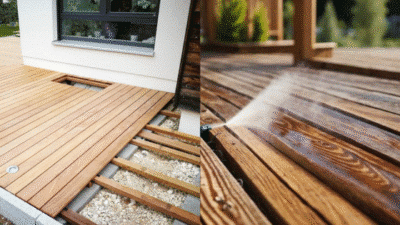The days shorten, the air bites with a crisp chill, and many gardeners resign themselves to a long, drab season of dormancy. But what if winter didn’t have to mean a barren landscape? What if your garden could not only survive the cold but truly flourish, offering unexpected beauty, vibrant color, and captivating interest when everything else sleeps? Get ready to challenge your perceptions of winter gardening, because we’re about to unveil the secrets to transforming your outdoor space into a spectacular wonderland that laughs in the face of frost!
Forget the notion of packing away your gardening gloves until spring. Winter offers a unique canvas for creativity, a time when subtle textures, architectural forms, and pops of unexpected color can truly shine. With the right strategies, plant choices, and a dash of enthusiasm, your garden can become a beacon of life and beauty, a place of quiet contemplation and stunning visual delight, proving unequivocally that winter won’t win!
Dispelling Winter Garden Myths: Beyond the Big Freeze


Let’s face it, many of us have been conditioned to believe that winter gardening is an oxymoron. We imagine frozen ground, bare branches, and an uninviting expanse of gray. But this couldn’t be further from the truth! The biggest myth is that plants “die” in winter. While many herbaceous perennials and deciduous trees shed their leaves or retreat underground, they are merely dormant, conserving energy for a spectacular spring resurgence.
This dormancy provides an opportunity. With the lush distractions of summer foliage gone, the true structure and form of your garden come to the forefront. Consider the elegant silhouette of a Japanese maple, the intriguing bark patterns of a dogwood, or the persistent crimson berries of a holly. These elements, often overlooked in the summer riot, become the stars of the winter show. A vibrant winter garden isn’t about defying winter; it’s about celebrating its unique characteristics and leveraging its inherent beauty. It’s about discovering that quiet elegance can be just as captivating as a summer bloom.
The Power of Planning: Design Your Winter Masterpiece


A truly flourishing winter garden isn’t just a happy accident; it’s the result of thoughtful, year-round planning. Just as you design for spring blooms and summer foliage, winter interest must be a core consideration from the outset. This means looking at your garden with a different eye, focusing on elements that provide structure, color, and texture when snow blankets the ground and temperatures plummet.
Strategic Layout and Hardscaping
Begin by mapping out your garden’s bones. What are the permanent features that define your space? Think about paths, walls, raised beds, and seating areas. These hardscaping elements provide crucial structure and visual anchor points, especially when herbaceous plants recede. Consider how paths can lead the eye to a focal point, or how a rustic stone wall can provide a dramatic backdrop for evergreen foliage. Even small outdoor spaces like a small patio garden can be transformed into winter havens with clever hardscaping and strategic plant placement. Good design creates a framework that holds beauty even without lush greenery.
Understanding Your Microclimates
Every garden has multiple microclimates – areas that are slightly warmer, colder, wetter, or drier than others due to sun exposure, wind patterns, or proximity to buildings. Identifying these zones is paramount for successful winter gardening. A south-facing wall might offer enough warmth for a borderline hardy shrub to thrive, while a windy, exposed corner demands only the toughest specimens. Pay attention to where snow lingers or melts first, and observe how your garden responds to different winter conditions. This knowledge empowers you to place the right plant in the right place, maximizing its chances of flourishing and contributing to your winter spectacle.
Choosing Your Winter Warriors: Plants That Defy the Cold

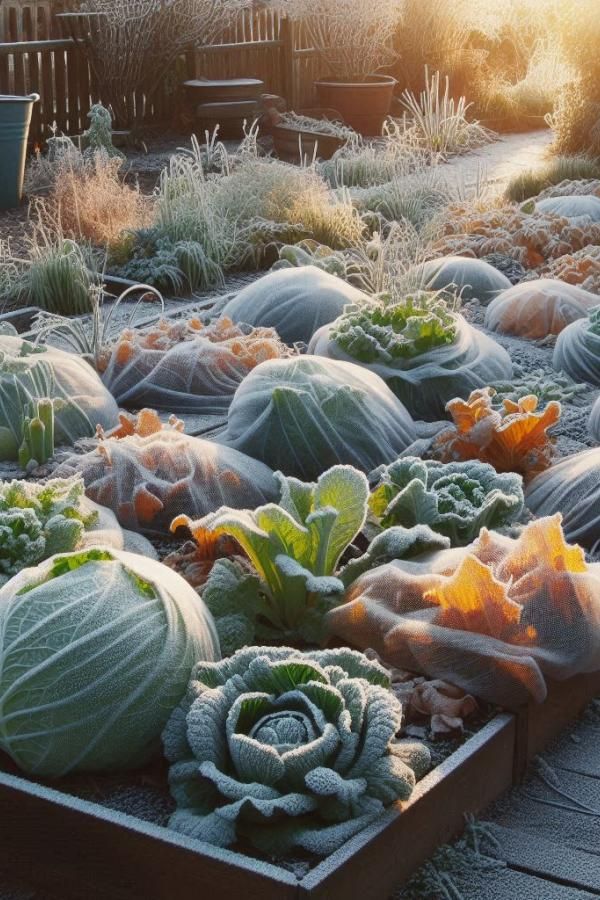
The heart of any flourishing winter garden lies in its plant selection. These aren’t just plants that survive winter; they are plants that thrive and actively contribute to the garden’s beauty during the colder months. Get excited, because there’s a whole world of botanical superstars ready to enliven your landscape!
Evergreen Stars: Conifers and Broadleaf Evergreens
These are the backbone of your winter garden, providing essential year-round structure and color.
- Conifers: From the stately grandeur of firs and spruces to the delicate texture of junipers and dwarf pines, conifers offer an incredible range of shapes, sizes, and shades of green, blue, and even gold. Consider a weeping Norway spruce for a dramatic focal point or a prostrate juniper for groundcover that suppresses weeds and adds texture. Their unchanging presence is a comforting constant against winter’s starkness.
- Broadleaf Evergreens: These include classics like holly (Ilex), rhododendrons, camellias, and boxwood. Their lush foliage brings a different kind of green to the scene, often with glossy leaves that shimmer in the low winter sun. Hollies, in particular, are winter heroes, providing vibrant red, orange, or yellow berries that stand out against dark green leaves, a true feast for the eyes and for local birds!
Berries, Bark, and Branches: The Unsung Heroes
When the leaves fall, a new kind of beauty emerges. Focus on plants that offer compelling features even when bare.
- Berry-producing Shrubs: Beyond holly, consider winterberry (Ilex verticillata), which drops its leaves to reveal dense clusters of brilliant red berries along bare stems. Pyracantha offers fiery orange berries, while certain viburnums can hold their berries well into winter. These provide essential food for wildlife and stunning splashes of color.
- Distinctive Bark: Many trees and shrubs boast incredibly attractive bark. The peeling, cinnamon-colored bark of a paperbark maple (Acer griseum) or the vibrant red stems of a dogwood (Cornus sericea ‘Midwinter Fire’) are absolute showstoppers. Betula jacquemontii (Himalayan Birch) with its striking white bark creates an ethereal effect, especially when backlit by low winter sun.
- Architectural Branches: The sculptural forms of witch hazel (Hamamelis), with its spidery, fragrant blooms, or the gnarled branches of contorted filbert (Corylus avellana ‘Contorta’), offer captivating silhouettes against a winter sky.
Winter Bloomers: A Splash of Unexpected Color
Yes, blooms in winter are a glorious reality! These hardy souls defy expectations and bring joyous color to the coldest days.
- Hellebores (Christmas Rose/Lenten Rose): These are perhaps the quintessential winter bloomers. Their nodding flowers, in shades of white, pink, purple, and even speckled varieties, emerge from late winter into early spring, often pushing through snow. They are tough, beautiful, and utterly enchanting.
- Winter Aconite (Eranthis hyemalis): A cheerful burst of bright yellow, small, buttercup-like flowers that pop up on sunny days, often before snow has fully melted.
- Snowdrops (Galanthus): The delicate white bells of snowdrops are a universal symbol of hope and the promise of spring. They are incredibly hardy and naturalize beautifully, creating drifts of white.
- Witch Hazel (Hamamelis): As mentioned for its bark, many varieties also produce fragrant, ribbon-like flowers in shades of yellow, orange, and red on bare branches, often in January and February.
- Cyclamen coum: These hardy cyclamen produce delicate pink, white, or magenta flowers and beautiful marbled foliage through winter.
Perennials and Grasses for Structure
Don’t clear out all your spent perennial foliage! Many provide crucial structure and texture.
- Ornamental Grasses: Left uncut, ornamental grasses like Karl Foerster feather reed grass, switchgrass, or miscanthus provide stunning vertical accents and movement. Their dried seed heads catch the light, and their rustling adds an auditory dimension to the silent winter garden.
- Seed Heads: The dried seed heads of coneflowers (Echinacea), sedum, and certain alliums provide architectural interest and food for birds. Their dark, intricate forms add depth and shadow to the winter landscape.
Beyond Blooms: Structure, Texture, and Scent
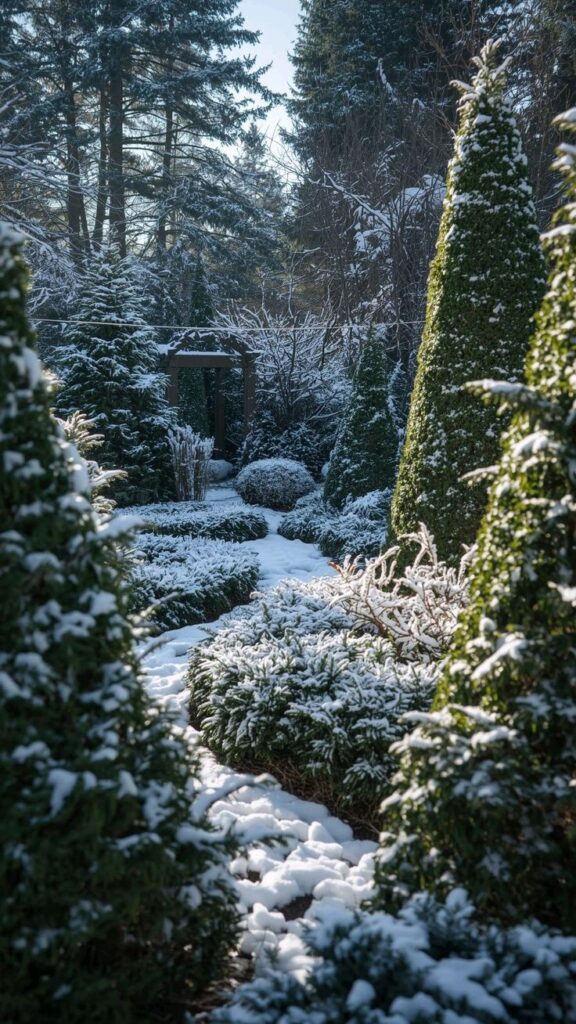
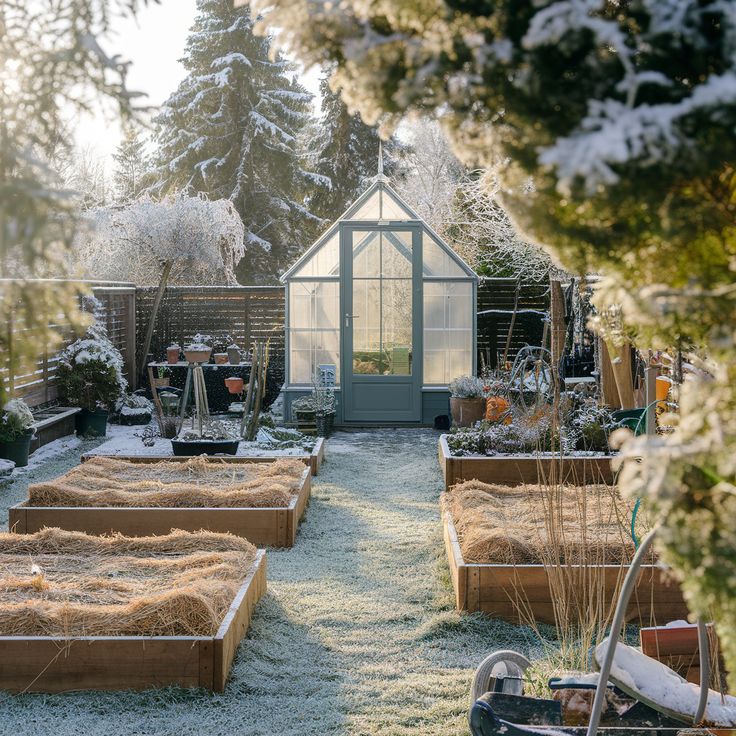
A vibrant winter garden appeals to more than just the eye looking for color. It engages all the senses, celebrating the unique qualities that come alive in the cold. With the broadleaf plants gone, the subtleties of form and material truly shine.
Architectural Forms and Silhouettes
The winter garden is an architect’s dream. With deciduous trees and shrubs stripped bare, their skeletal forms become prominent. Think about the elegant sweep of a weeping cherry, the dramatic thrust of a columnar conifer, or the intricate tracery of bare branches against a pale sky. These elements provide crucial focal points and define the garden’s spatial relationships. Consider how these natural sculptures contribute to the overall home aesthetics and value when viewed from inside your home. Strategic lighting can further enhance these forms, creating a magical atmosphere as dusk falls.
Textural Delights: Foliage and Bark
Winter is a time to appreciate the tactile qualities of plants.
- Varied Evergreens: Combine the glossy leaves of a camellia with the feathery needles of a spruce or the leathery texture of a rhododendron. These different textures create visual richness and depth.
- Striking Bark: As discussed earlier, the exfoliating bark of a birch, the ridged bark of a pine, or the smooth gray of a beech add incredible texture. Run your hand over the rough surface of an old oak; it’s a sensory experience that grounds you in the natural world.
- Dried Seed Heads and Grasses: The intricate patterns of dried seed heads and the wispy movement of ornamental grasses offer delicate textures that capture frost and light beautifully.
Aromatic Wonders: Scents in the Crisp Air
While summer boasts a riot of fragrant blooms, winter offers more subtle, yet equally captivating, aromas.
- Winter-flowering Shrubs: Witch hazel (Hamamelis) has a spicy, sweet scent. Sarcococca (Sweet Box) releases an incredibly strong, honey-like fragrance from its tiny white flowers. Daphne odora ‘Aureomarginata’ is another powerhouse, with intensely fragrant pink flowers in late winter.
- Conifers: The refreshing, clean scent of pine, cedar, or fir needles is invigorating and evokes the spirit of the season.
- Spicy Barks: Some shrubs, when their bark is rubbed or broken, release a subtle, spicy aroma.
- Water Features: The sound and sight of water can be incredibly soothing. Even in winter, a well-designed water feature can continue to enchant. Consider how the art of water transforming spaces with water features in interior and landscape design can add a dynamic, sensory dimension to your winter garden, perhaps with circulating water preventing freezing and offering a gentle murmur.
Essential Winter Care Practices: Nurturing Your Cold-Weather Oasis
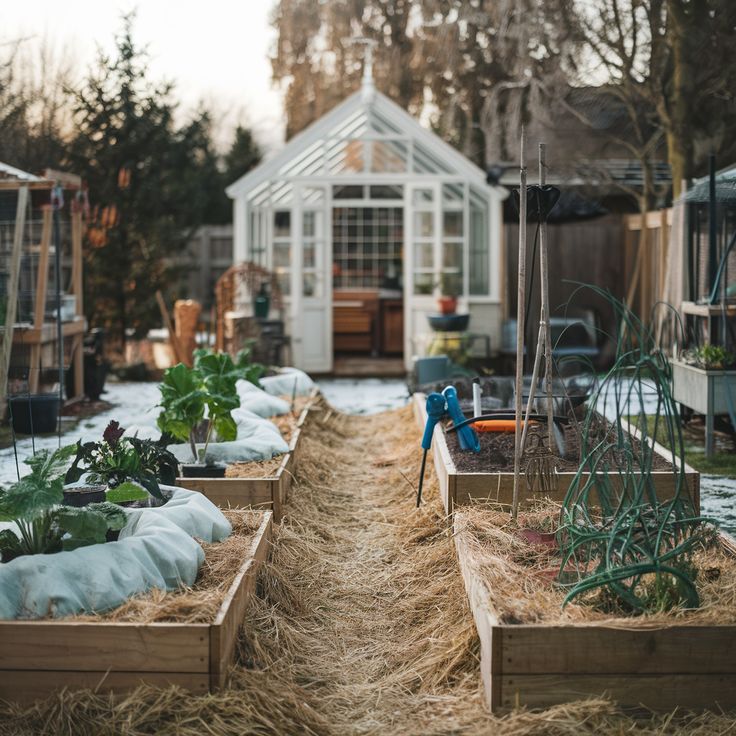
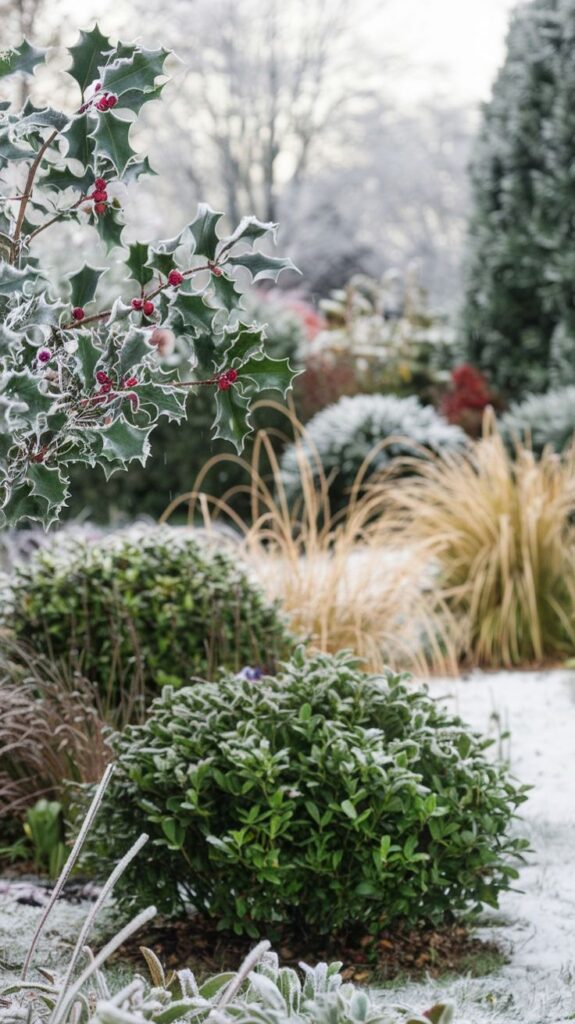
Even the hardiest plants benefit from a little TLC during the colder months. Proactive care ensures your winter garden not only survives but truly shines. Think of it as providing a cozy blanket and a warm drink for your botanical friends.
Watering Wisely
While plants are dormant, they still need moisture, especially evergreens which continue to transpire. If your region experiences dry spells or open winters with little snow, supplemental watering is crucial. Water deeply on milder days when the ground isn’t frozen, ideally in the morning so the water has time to soak in before freezing temperatures return overnight. Avoid overwatering, as this can lead to root rot.
Protecting from Frost and Wind
Younger plants, those newly planted, or borderline hardy specimens may need extra protection.
- Mulch: A thick layer of organic mulch (straw, wood chips, shredded leaves) around the base of plants insulates roots, retains moisture, and helps regulate soil temperature.
- Burlap Wraps: For evergreens vulnerable to drying winter winds or heavy snow loads, burlap can offer a protective shield. Create a screen or wrap individual plants, ensuring air circulation.
- Anti-desiccants: For broadleaf evergreens, anti-desiccant sprays can help reduce moisture loss through foliage, though their effectiveness can vary.
Pruning for Performance
Winter is often the ideal time for structural pruning of deciduous trees and shrubs, once leaves have fallen and their form is visible. Remove dead, damaged, or diseased branches. Prune to improve shape, allow more light penetration, and promote healthy growth in spring. Avoid pruning spring-flowering shrubs until after they bloom, as you’ll remove their flower buds.
Mulching Magic
We touched on mulch for protection, but its benefits extend far beyond that. A generous 2-4 inch layer of organic mulch helps suppress winter weeds, enriches the soil as it breaks down, and creates a neat, finished look that elevates the entire garden’s appearance. It’s one of the simplest yet most effective practices for year-round garden health, aligning with broader efforts to protect and maintain your home year-round, ensuring a robust foundation for all seasons.
Bringing the Inside Out (and Vice Versa): Extending Your Garden’s Reach
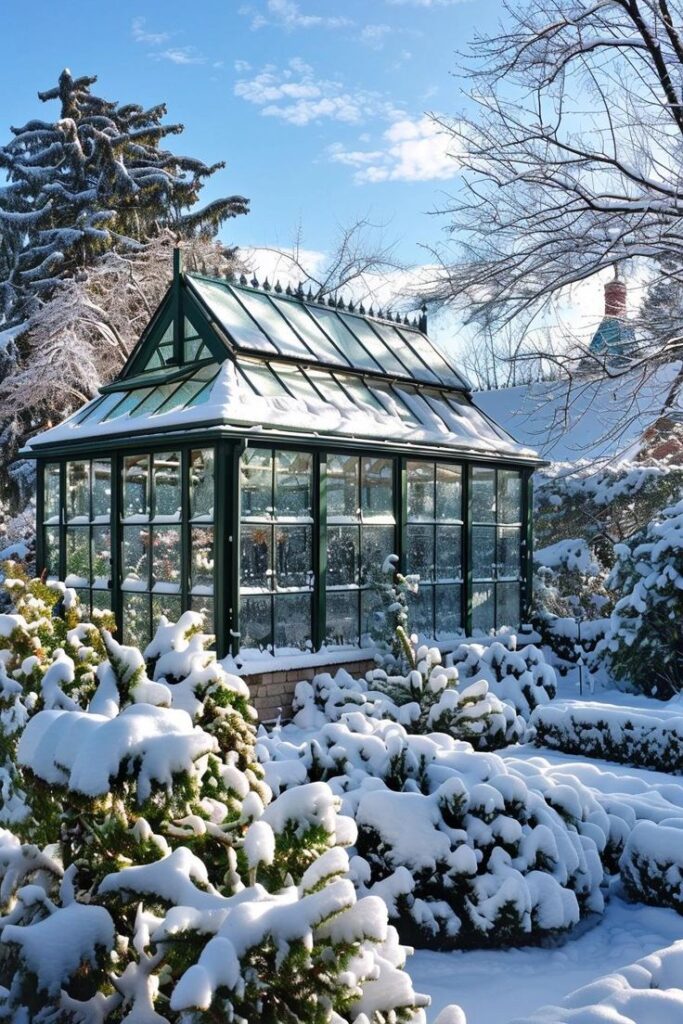
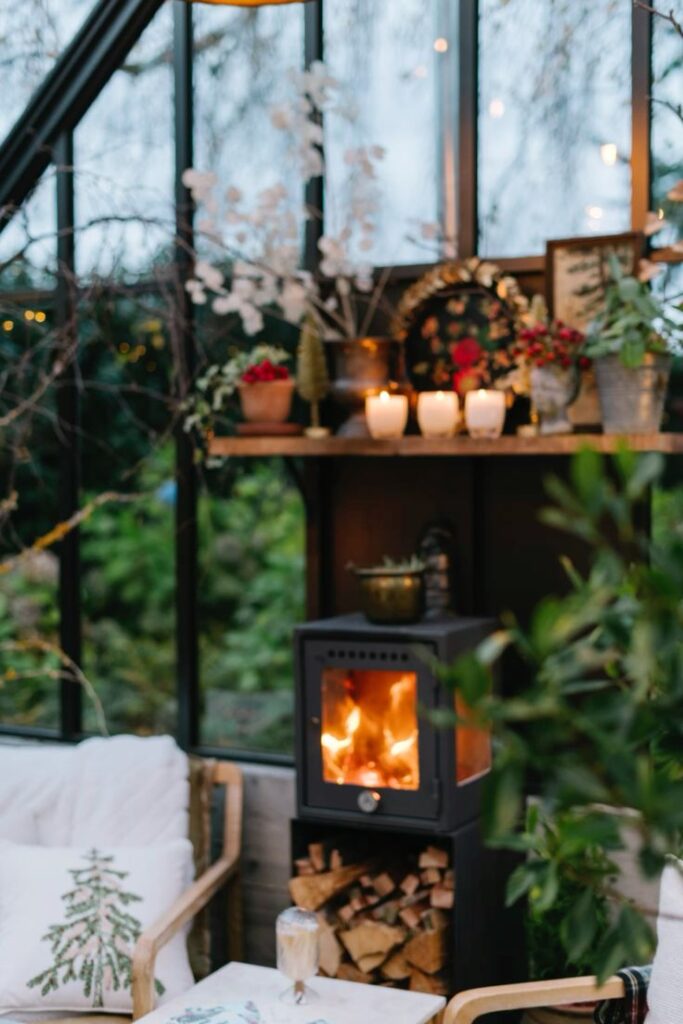
The joy of a winter garden isn’t confined to outdoor viewing. It’s about creating seamless transitions and opportunities to appreciate nature’s tenacity.
Container Creations
Container gardening isn’t just for summer! Winter containers can be absolute showstoppers, offering instant impact near doorways, on patios, or framing garden gates.
- Evergreen Staples: Use dwarf conifers, small hollies, or boxwood as your anchor plants.
- Winter Color: Add pops of color with pansies, violas, or hardy cyclamen.
- Textural Fillers: Include ornamental grasses, trailing ivy, or dried branches for added interest.
- Focal Points: A beautiful ceramic pot or a rustic wooden planter can be a design element in itself. Group containers of varying heights and textures for a dynamic display. The beauty of containers is their mobility; you can move them to sheltered spots during extreme cold or rearrange them to refresh your display.
The Indoor Oasis: Forcing Bulbs and Winter Houseplants
Don’t let the cold stop you from enjoying blooms indoors! Forcing spring-flowering bulbs like hyacinths, paperwhites, and crocus indoors brings a welcome burst of fragrance and color to your home during the bleakest months. Similarly, dedicated winter houseplants, from cheerful Christmas cacti to elegant amaryllis, ensure that greenery and life continue to flourish within your living space. Creating this indoor oasis provides a vital connection to nature when outdoor exploration is limited.
Windows to Wonder: Framing Your Winter View
Your windows are portals to your winter garden. Design your outdoor space with the view from inside in mind. Place striking evergreens, berry-laden shrubs, or plants with interesting bark where they can be appreciated from your kitchen, living room, or bedroom. Consider the backdrop they provide to your daily life. A well-placed sculptural plant, illuminated by subtle outdoor lighting, can become a living piece of art, transforming an ordinary window into a captivating frame for nature’s winter beauty.
Embracing the Microclimate: Tailoring to Your Unique Conditions
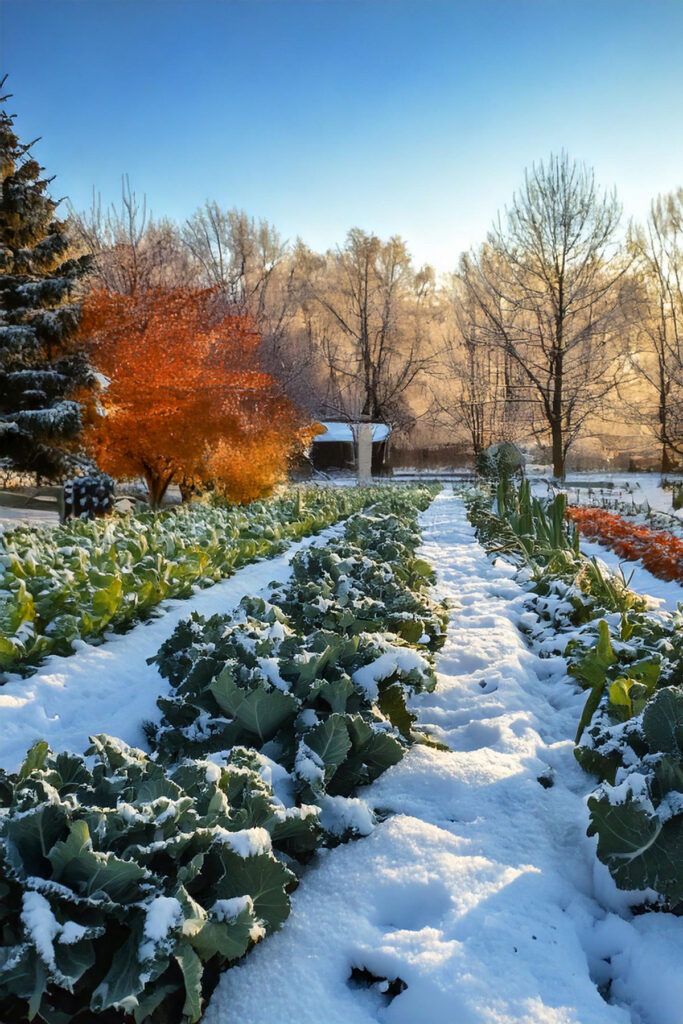
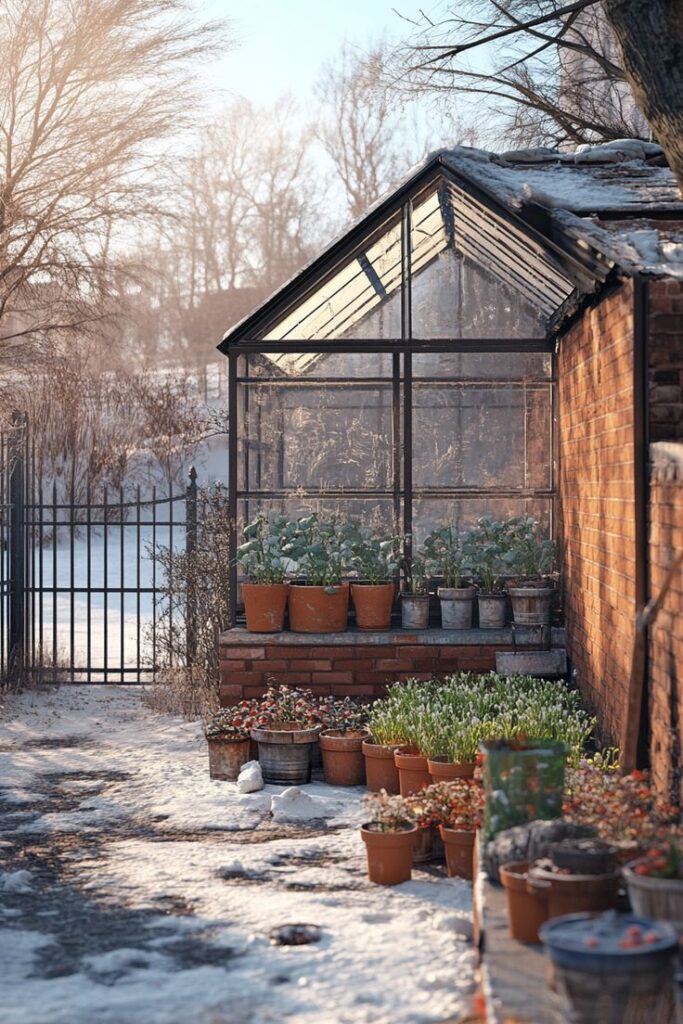
Every garden, even those in similar geographical regions, possesses its own unique microclimates. Understanding and embracing these localized variations is a secret weapon for cultivating a truly flourishing winter garden. Factors like elevation changes, proximity to heat-retaining structures (such as your home or a stone wall), prevailing wind directions, and even the amount of shade cast by other trees can create pockets of slightly warmer or colder temperatures, or areas more susceptible to drying winds.
For instance, a sheltered corner near a south-facing wall might provide the perfect environment for a less cold-hardy camellia to bloom valiantly in late winter, while an exposed north-facing border would demand exceptionally tough, wind-resistant evergreens. Observe where snow melts first, where ice lingers longest, or which areas remain perpetually damp. This keen observation allows you to strategically place plants where they are most likely to thrive, turning potential weaknesses into unique strengths. By respecting these micro-conditions, you can push the boundaries of what’s possible, introducing a wider range of captivating winter plants that might otherwise struggle. It’s about working with nature, not against it, to unlock your garden’s full winter potential.
A Year-Round Symphony: Integrating Winter into Your Garden’s Annual Flow
A truly vibrant winter garden isn’t a separate entity; it’s an integral movement in the grand symphony of your garden’s year-round performance. The secrets we’ve explored—strategic planning, thoughtful plant selection, appreciating structure and texture, diligent care, and connecting indoor and outdoor spaces—all contribute to a holistic garden experience that never truly rests.
Think of your garden not as a collection of seasonal displays, but as a continuous narrative. What stories do the bare branches tell against a snowy backdrop? How do the persistent berries of a holly connect autumn’s bounty to winter’s quiet beauty? How does the emerging green of a hellebore whisper the promise of spring? By consciously designing for winter, you ensure that your garden always has something to offer, a point of interest, a moment of wonder, regardless of the calendar page. This continuous engagement deepens your connection to nature, provides constant visual delight, and transforms your outdoor space into a dynamic, living entity that celebrates every season, including the often-underestimated splendor of winter. It’s a testament to nature’s resilience and your creativity, a beautiful reminder that life truly finds a way, even in the coldest months.
Conclusion: Embrace the Winter Magic!
So, there you have it – the secrets to a vibrant, flourishing winter garden are now yours! Winter doesn’t have to be a season of waiting; it can be a season of wondrous discovery and serene beauty. From the architectural majesty of bare branches and the glistening charm of evergreens to the unexpected pop of a winter bloom and the inviting warmth of a strategically placed container, your garden holds immense potential to captivate and inspire, even when the thermometer dips.
Don’t let the chill deter you. Instead, let it ignite your imagination! Start by observing your garden in a new light, then plan with intention, choose your winter warriors wisely, and embrace the subtle textures, structures, and scents that only winter can offer. You have the power to transform your outdoor space into a sanctuary of seasonal delight.
Ready to make your winter garden dreams a reality? Begin today by identifying a single spot in your garden or on your patio, and plan one new addition that will bring winter interest. Whether it’s a striking conifer, a berry-laden shrub, or a beautiful winter container, take that first step. Winter won’t win when you have a garden ready to shine! Get out there, get creative, and let your garden prove that beauty truly knows no season.
- 0shares
- Facebook0
- Pinterest0
- Twitter0


